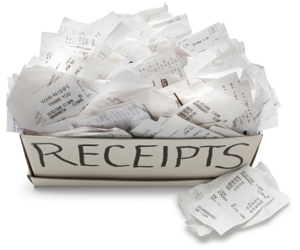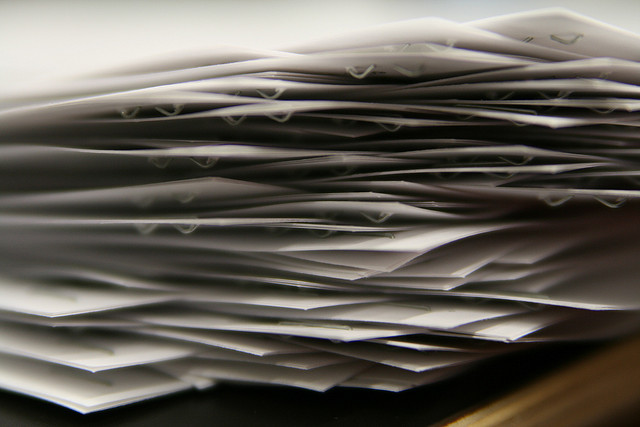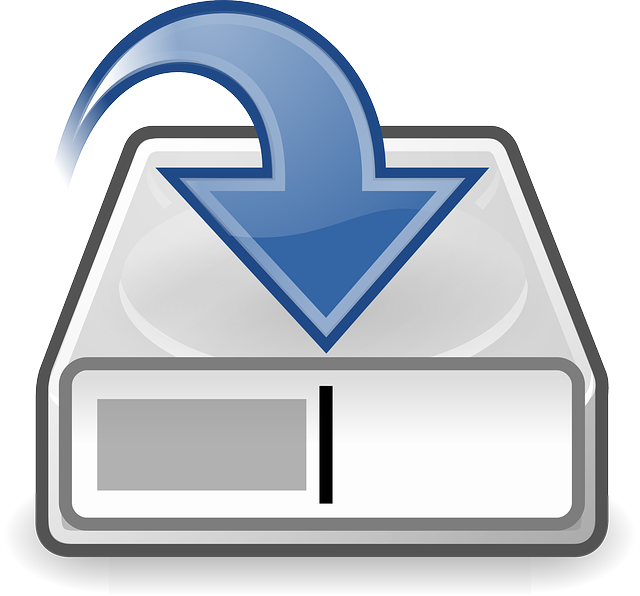It’s easy to get organized when you have the right tools. Receipt software can help you eliminate paper clutter by digitizing your receipts and storing electronic copies of those receipts on your computer or in the cloud. But how can you choose the best receipt software for your needs and budget?
While there are dozens of different receipt scanning options available, many of them are complicated, expensive, or just plain confusing.
Here’s what to look for when choosing receipt scanning software to get organized:
- User-friendly – Great receipt software is easy to use and has an interface that allows you to hit the ground running. This means that from the first receipt you scan, you can easily see how your info is stored, organize and categorize each receipt, and pull up individual receipts by amount, date, or company.
- Powerful – The best receipt software will give you a powerful interface for scanning and storing receipts. You’ll have lots of storage space, enhanced security, and be able to scan/upload stacks of paper receipts quickly.
- Integrated – The receipt scanning software you choose should offer lots of different integrations. Once you scan and upload receipts, you’re going to need to extract the information from those receipts and use it to complete your taxes, create budgets, or track spending. Make sure the software you choose offers integrations with QuickBooks, Evernote, and all of your most-used apps.
- Flexible– There are many different ways to digitize receipts, so your receipt software should offer flexible scanning options. Whether you want to scan stacks of paper receipts using your scanner at home or quickly upload a receipt using your smartphone on the go, the software you choose should be able to do both.
The Neat system is useful if you want to do the scanning yourself. But if you want more flexible receipt scanning, Shoeboxed is a great option because you can digitize your receipts from anywhere – at home, from your phone, or by outsourcing the job entirely using the Shoeboxed Magic Envelope. This option lets you dump all of your receipts into a big envelope, which gets mailed to Shoeboxed and scanned into your account by their team.
- Secure – In the age of identity theft, security is more important than ever in online applications. But it’s especially important to consider when you’re looking for the best receipt software. Since receipts contain personal information like your name, credit card number, and where you shop, it’s crucial to choose software with enhanced security to protect your sensitive information.
Once you have found receipt scanning software that is user-friendly, powerful, integrated, flexible, and secure, make sure the price is right. Choosing a subscription-based software solution is usually the most cost-effective way to go, because it lets you pay based on how many receipts you scan or how much storage you need. A receipt scanning service like Shoeboxed starts at just $9.95/month – not bad when you consider how much time, energy, and money gets wasted searching for lost receipts!
Armed with the right receipt software, you’ll be able to get organized and go paperless faster than you ever thought possible.


